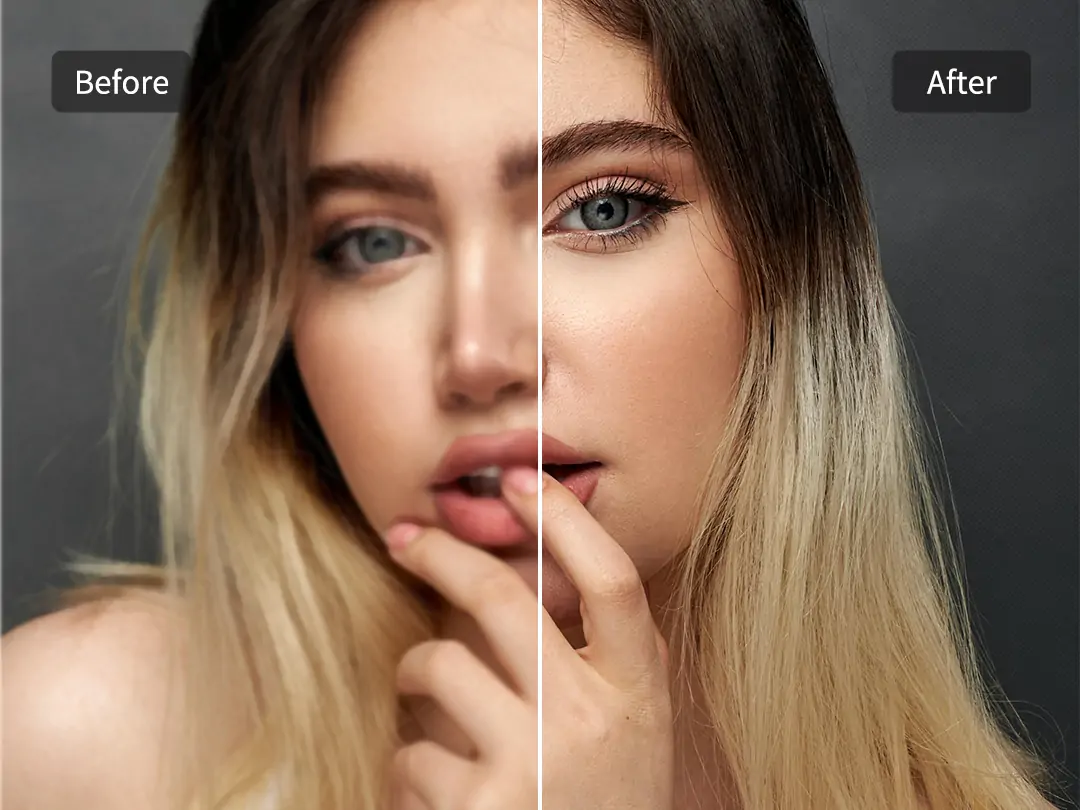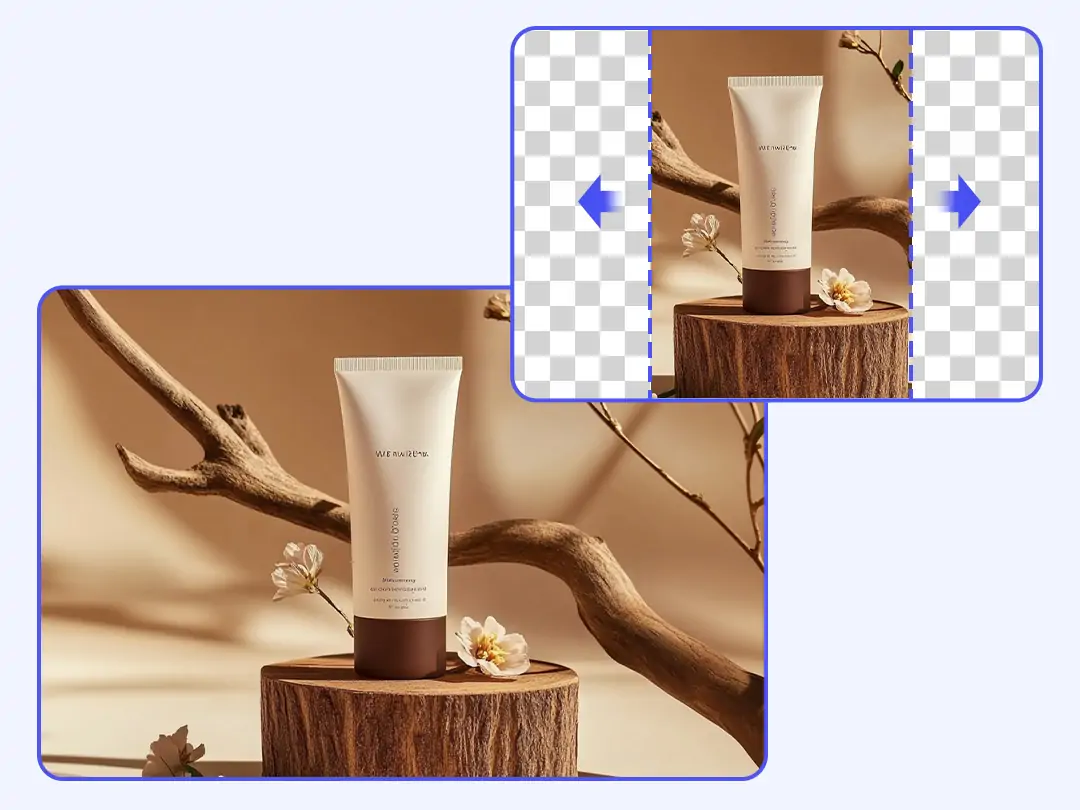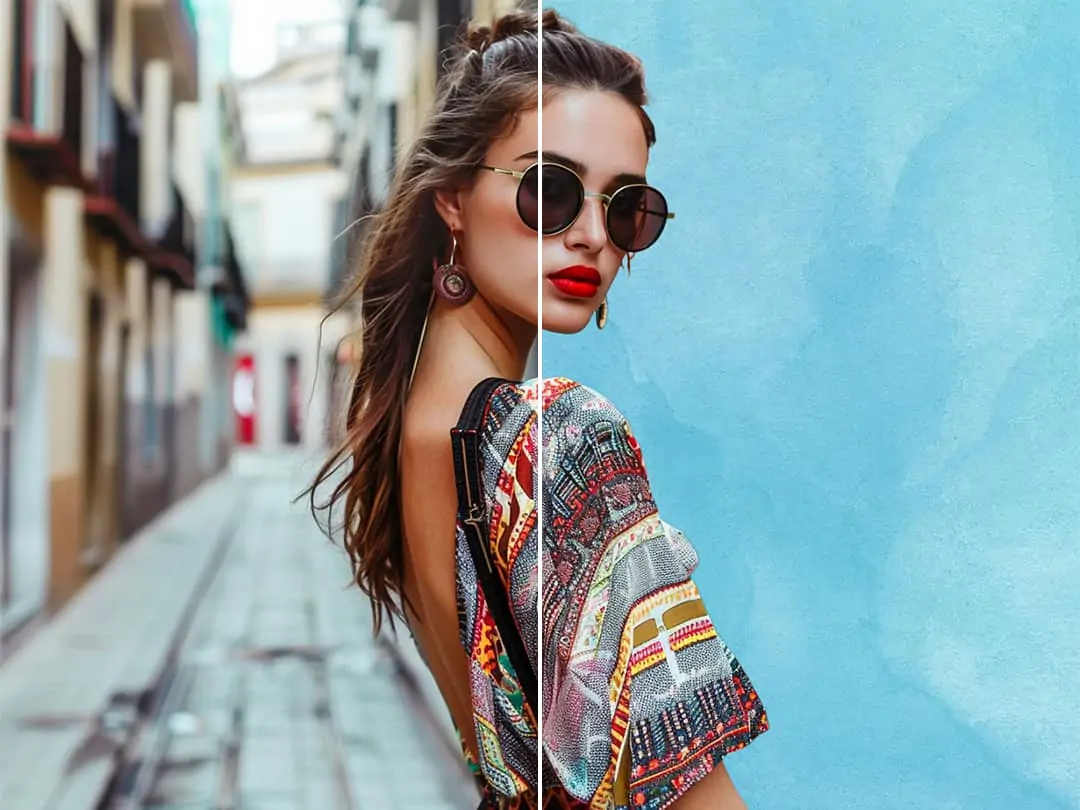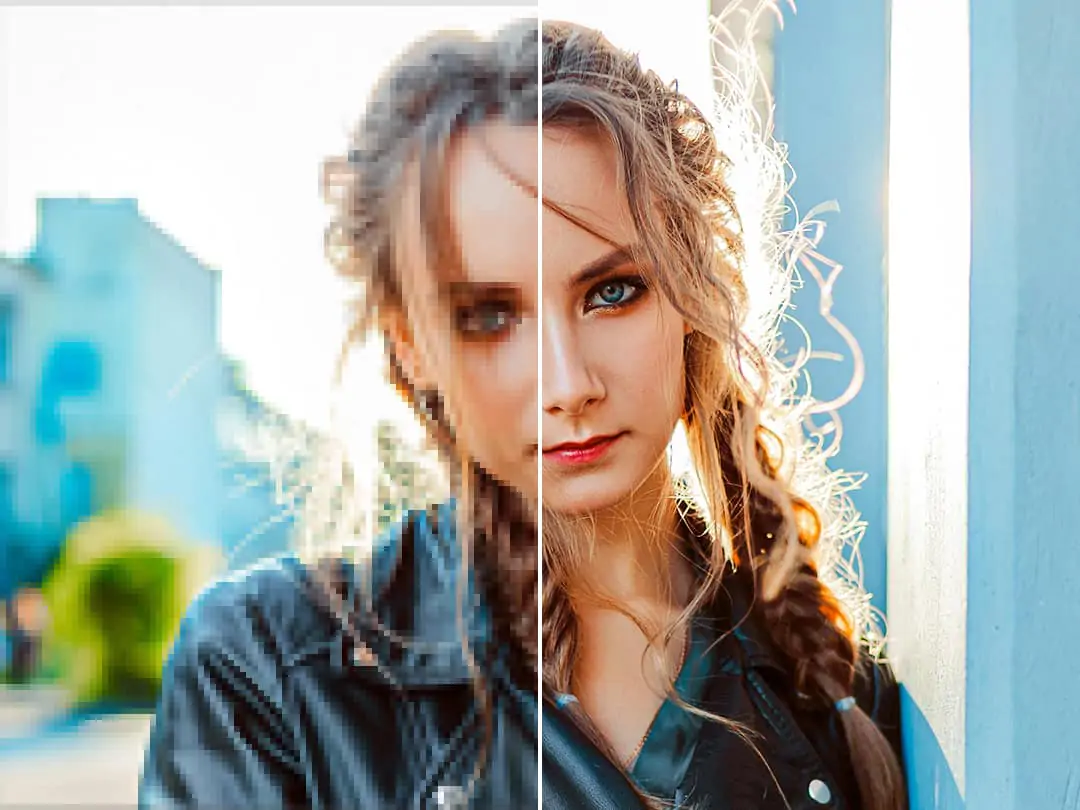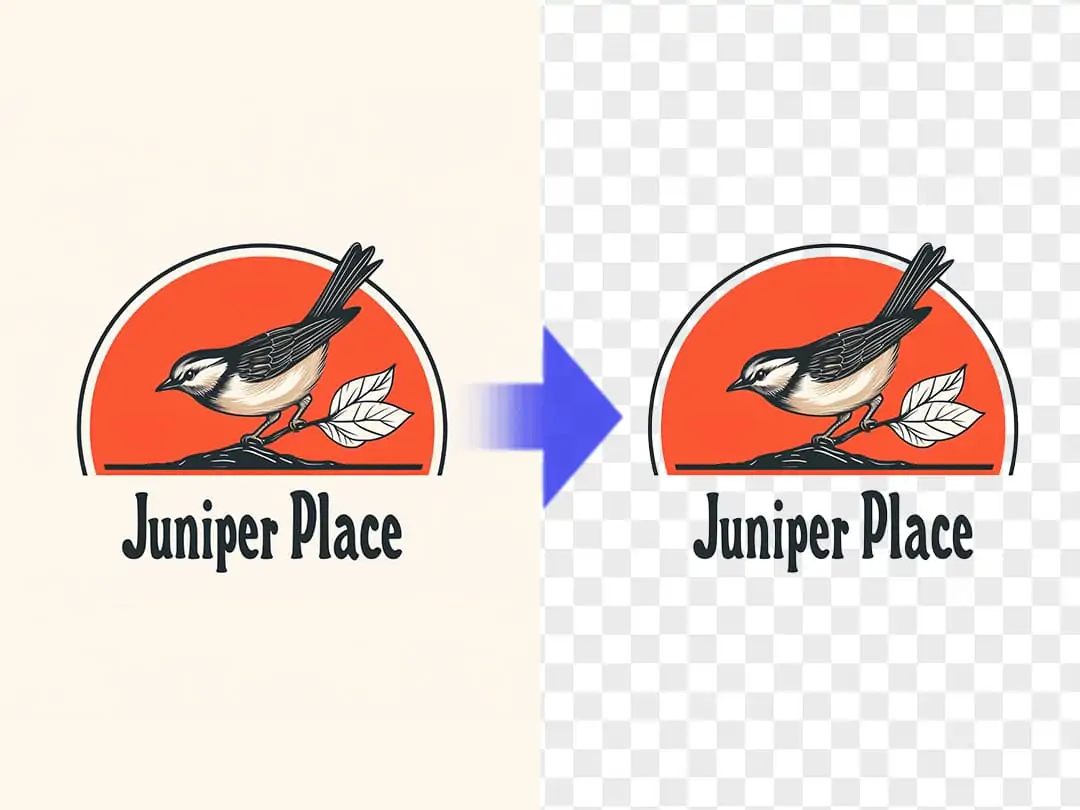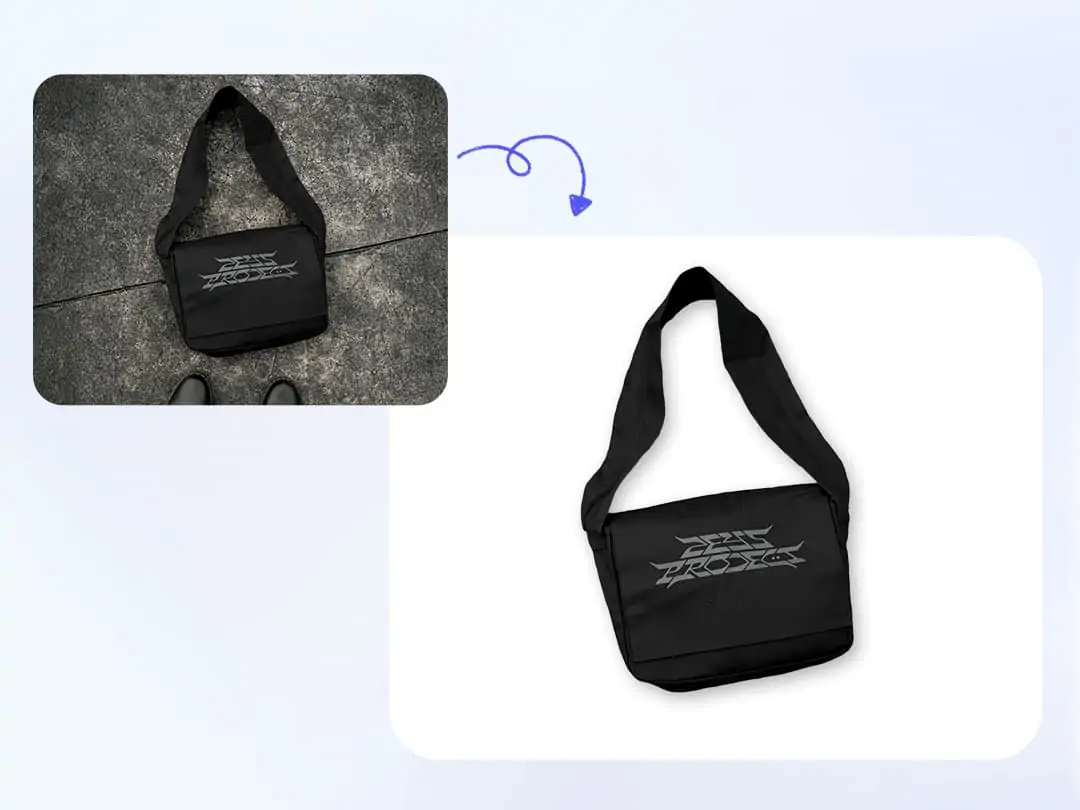Home > Blog > From Noise to Clarity: The Science Behind Denoise AI
From Noise to Clarity: The Science Behind Denoise AI

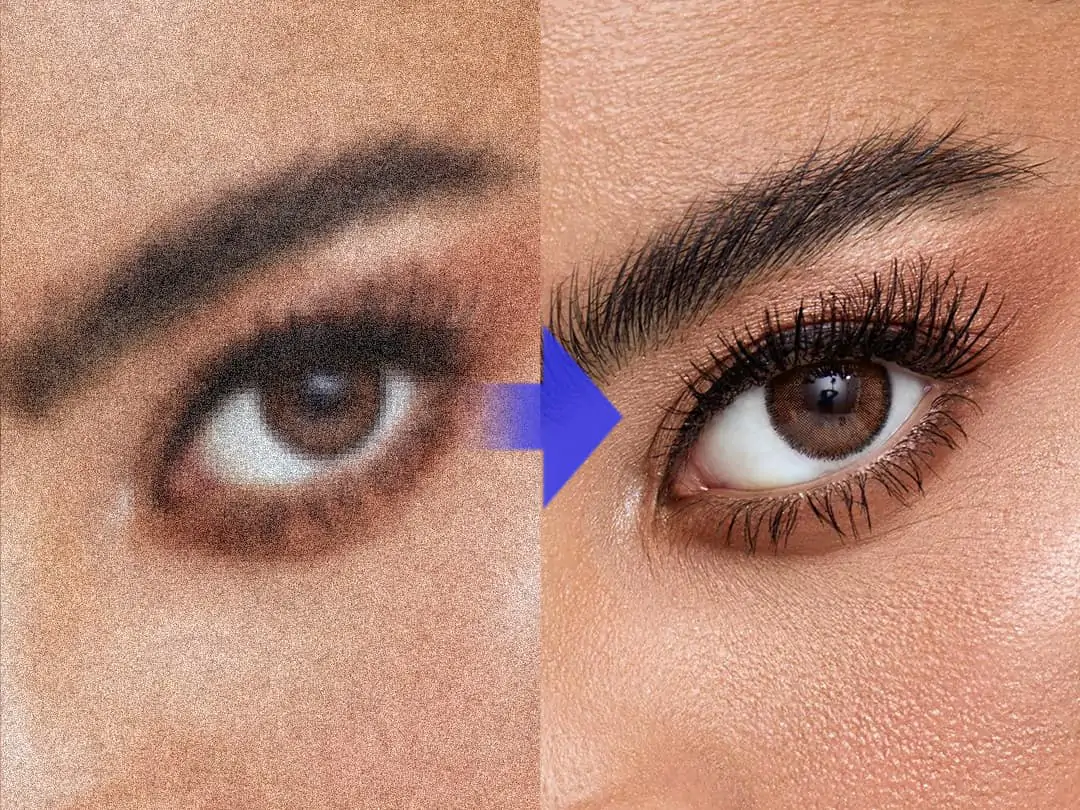
Contents
What is image noise?
Importance of Denoising
How Denoise AI Works?
How to reduce noise in image using AI?
Conclusion
What is image noise?
Image noise refers to random interference or unwanted information that appears in an image, often manifesting as grainy or speckled distortions. Noise is prevalent in many images and can originate from various sources. For instance, it can result from low-light conditions during capture, low-quality image sensors, signal interference during image transmission, or even artifacts introduced during post-processing. If you notice distinct small black or white dots or graininess in an image, it indicates that the image suffers from significant noise issues. For example, consider the image below, which clearly illustrates the presence of noise.

Importance of Denoising
Noise has a significant impact on the quality of images:
- Noise can cause images to appear blurry, resulting in the loss of important details. This can lead to color distortions, making the colors look unnatural and unrealistic, which greatly affects the overall visual experience.
- It can also have serious implications for post-processing tasks. For instance, if an image undergoes feature recognition or segmentation, the presence of noise may lead to erroneous results.
- In certain contexts, the impact of noise can be particularly severe. For example, in scientific research, noise in images can lead to incorrect conclusions, potentially resulting in failed experiments.
Therefore, image denoising is crucial in both everyday life and scientific research:
- In everyday scenarios, denoising can significantly enhance image quality, making details clearer and greatly improving the visual appeal. Denoising is commonly used in smartphones and cameras to ensure better photographs.
- In research contexts, image denoising can eliminate abnormal signal interference, allowing the image data to accurately reflect experimental phenomena. This is essential for obtaining correct experimental conclusions, and denoising techniques are widely applied in fields such as medical imaging and satellite imaging.
How Denoise AI Works?
AI image denoising employs artificial intelligence and machine learning techniques to reduce or eliminate noise in images. Here’s how AI image denoising algorithms function:
- Provide a Sufficient Training Dataset: A large number of image pairs must be collected, consisting of one noisy image and one clean image. These images should be properly labeled to create a training dataset.
- Feature Training with the Dataset: Deep learning techniques are used to extract features from the training images. For instance, in the training of convolutional neural networks (CNNs), each layer of convolutional networks and pooling operations learns features such as textures and edges, which are essential for the neural network's inference.
- Effectiveness Validation Using a Loss Function: A method is needed to measure the difference between the algorithm’s training results and the actual target. The loss function is a commonly used method for this purpose. It provides a quantitative way to assess the gap. Common loss functions for image denoising algorithms include Mean Squared Error (MSE), Perceptual Loss, Style Loss, and Adversarial Loss, among others.
- Further Parameter Adjustment: The backpropagation algorithm is employed to adjust the algorithm's parameters based on the evaluation from the loss function. This step aims to enhance the algorithm's image denoising performance.
- Algorithm Inference to Obtain Results: After completing training and parameter tuning, the algorithm can process noisy images for denoising. It uses the parameters obtained during training to perform inference, ultimately generating denoised images.
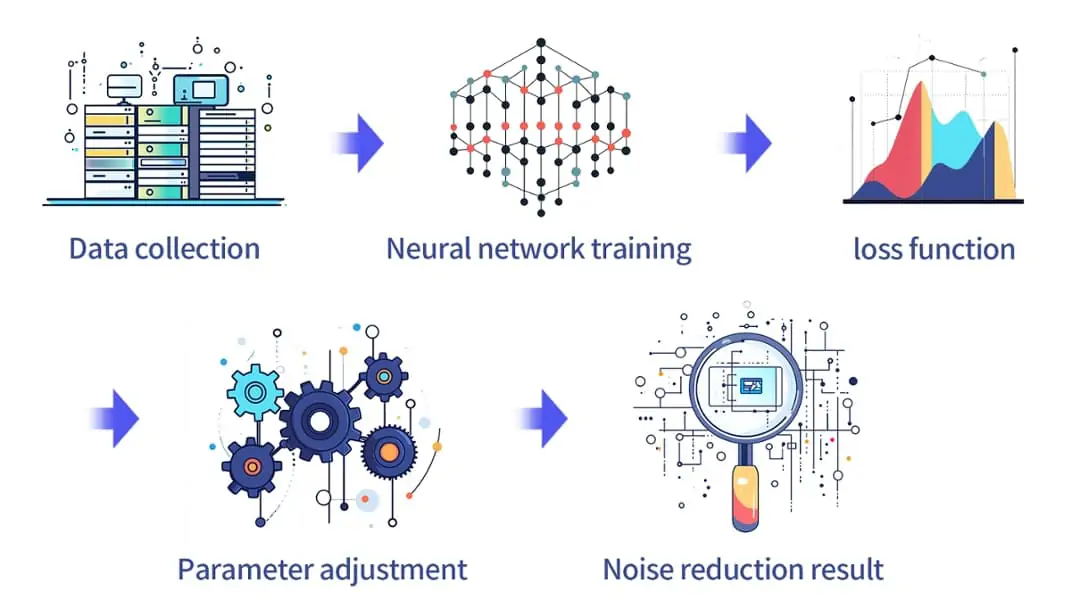
AI image denoising has become a well-established technology. In addition to using convolutional neural networks (CNNs) to train models, there are many other common techniques available. These include autoencoders, generative adversarial networks (GANs), U-Net, and graph neural networks (GNNs), among others.
Each method has its own advantages and disadvantages. Therefore, in practical applications, it is essential to choose the appropriate technology and model based on specific requirements. This flexibility allows practitioners to tailor solutions that best meet their needs, ensuring effective noise reduction in images.
How to reduce noise in image using AI?
Here, we recommend using our Free AI Photo Denoise feature. Our tool employs cutting-edge AI models that not only remove noise from images but also enhance their quality. It restores details and clarity while improving image resolution. This feature is suitable for all types of images, including portraits, product photos, landscapes, and more.
Using our tool for denoising is simple and can be done in just a few steps. Here’s a quick tutorial on how to use it:
Click to open our AI Photo Denoise feature. You will be directed to the feature page. Click the "Upload" button to upload a low-quality image with noise. We support various formats, including JPG, JPEG, PNG, and WebP.
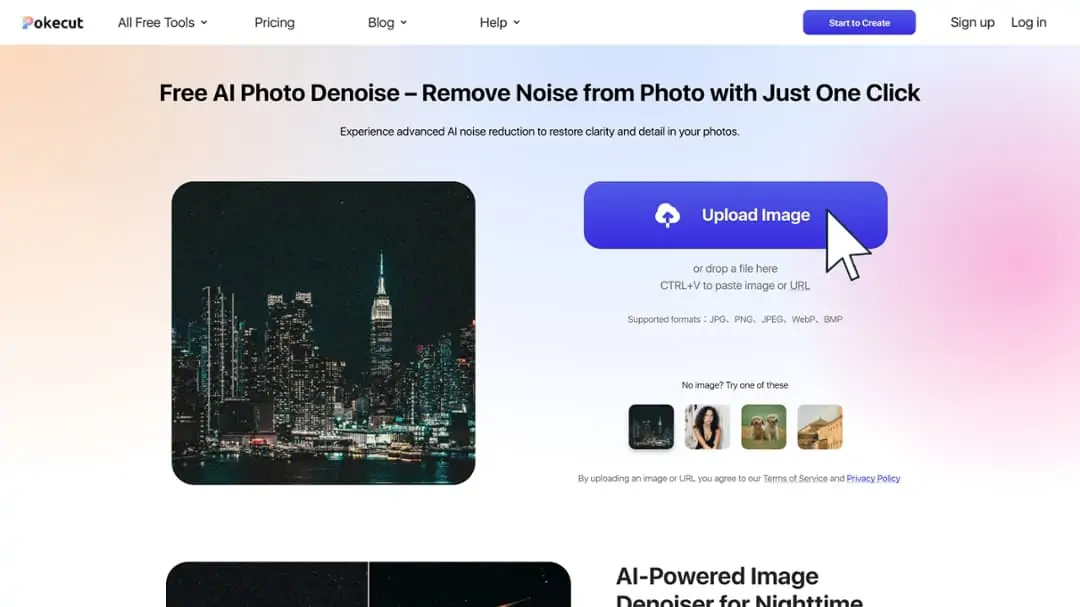
Once the image is uploaded, it will automatically undergo denoising and enhancement. Just wait a few seconds for the process to complete.
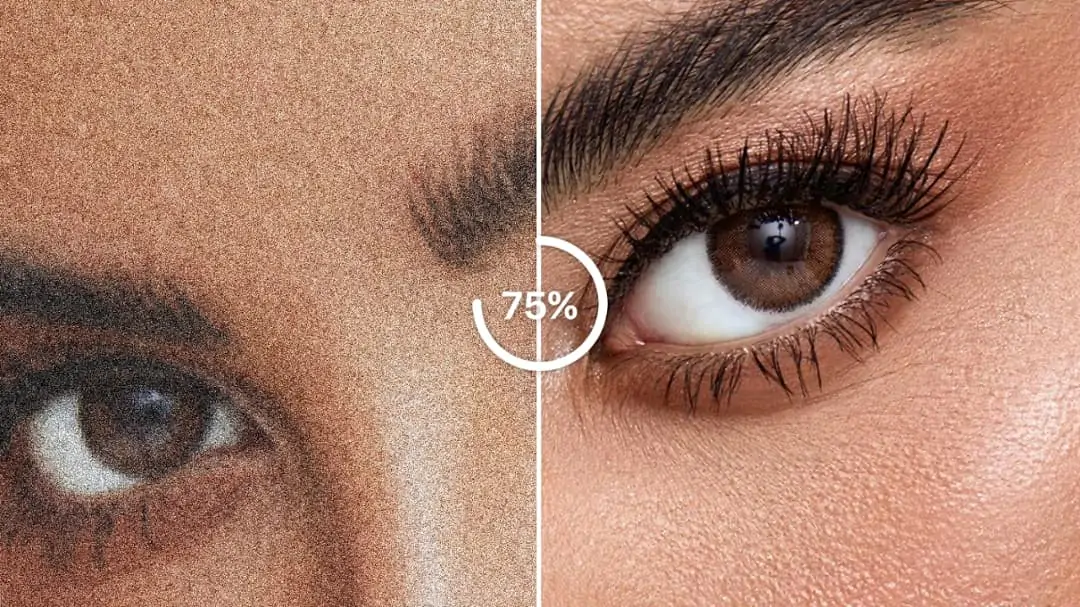
After processing, you will see the result image. You can click the "Before" and "After" buttons to compare the images and appreciate the powerful effects of our AI denoising feature. Click "Download" to save the enhanced image to your local device.
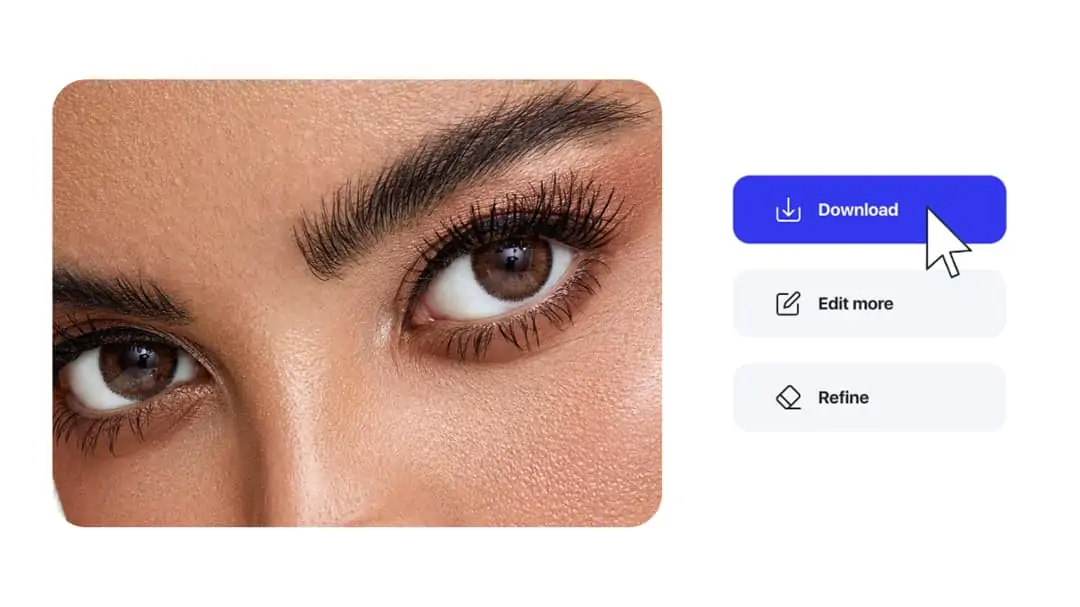
Conclusion
AI plays a crucial role in image denoising. By utilizing neural networks and machine learning techniques, the performance of denoising has seen a significant leap compared to traditional algorithms. As technology continues to advance, AI denoising algorithms are rapidly evolving. We are committed to keeping our technology updated, ensuring that our features remain at the forefront of the industry.
Once again, we highly recommend using our Free AI Photo Denoise feature. It is free, easy to use, and delivers impressive results. Experience the benefits of AI-driven denoising and enjoy clearer, higher-quality images effortlessly.
 POKECUT
POKECUTCopyright © 2025 Pokecut All Rights Reserved.



